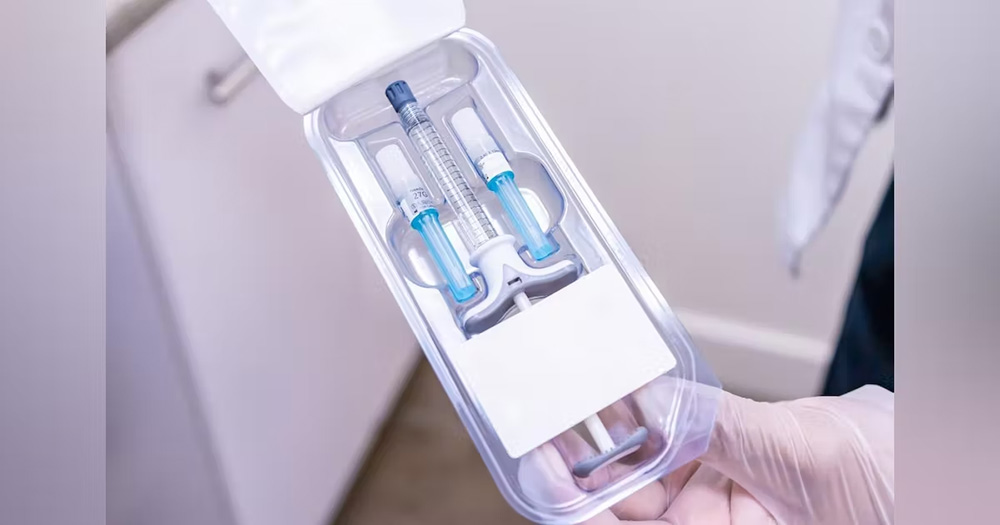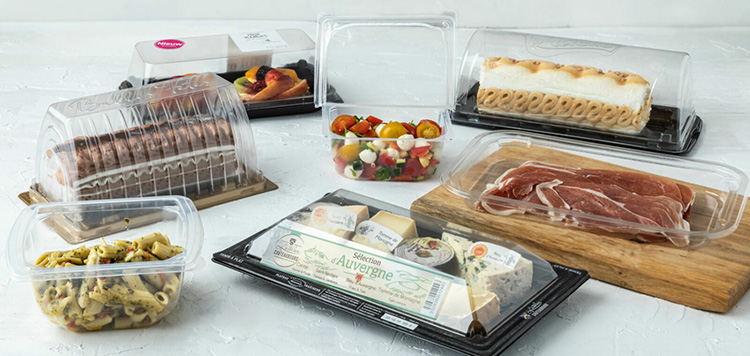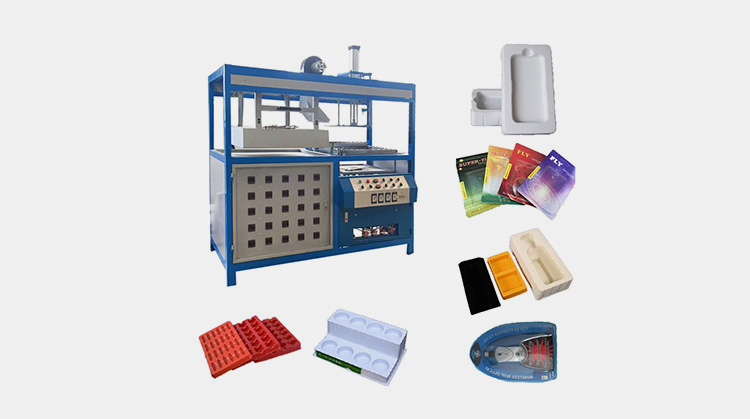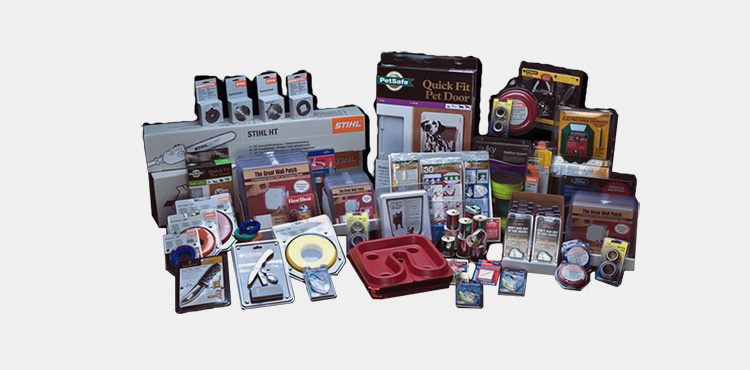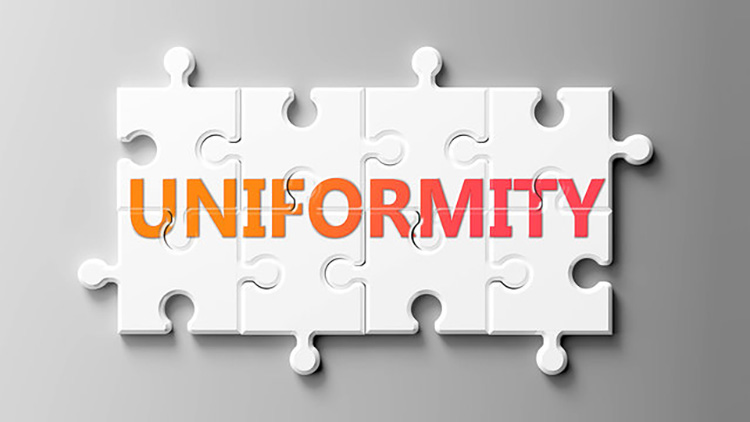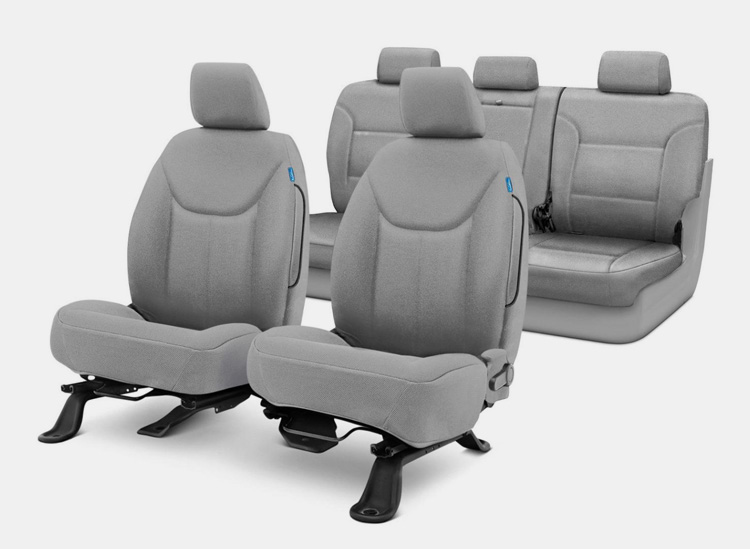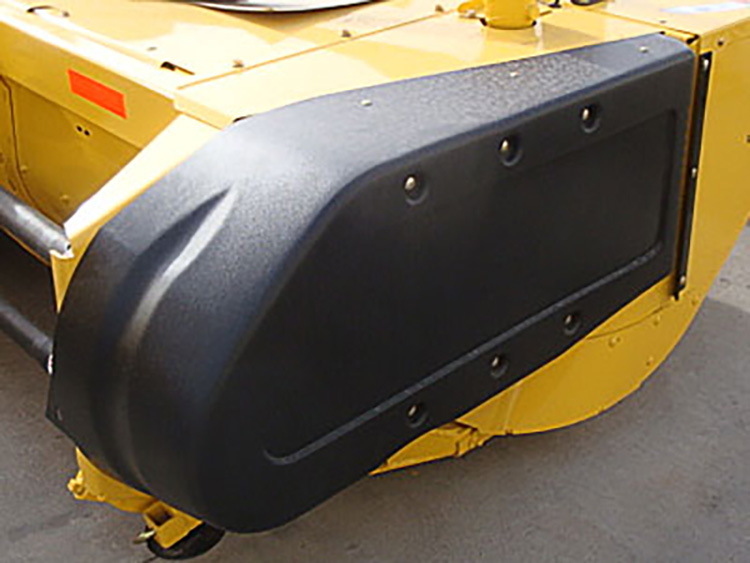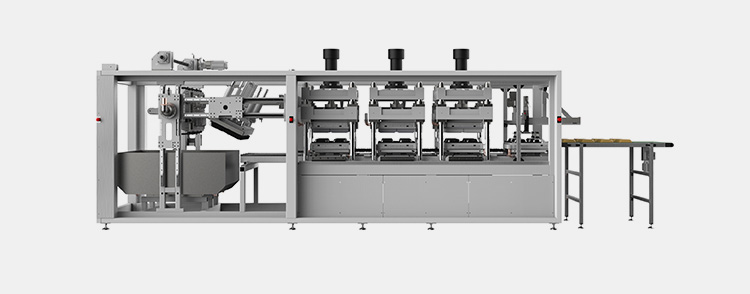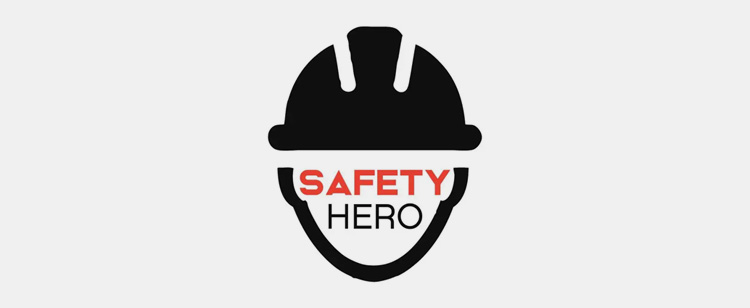Thermoforming Equipment: The Complete Buying Guide In 2025
Thermoforming Equipment: The Complete Buying Guide In 2025
Thermoforming equipment is an essential component for any manufacturing process, as it helps to improve efficiency and reduce costs. It’s a versatile tool that helps shape and form plastic materials into desired shapes, a technology that has revolutionized the industry – especially when it comes to lightweight packaging solutions.

Today, thermoforming equipment is used in everything from food production to automotive components, allowing businesses to benefit from sophisticated processes with quick adaptation capabilities.
In this blog post, we will explore everything you need to know about using thermoforming equipment in your manufacturing projects for optimal quality results.
1.What Is A Thermoforming Equipment?

Thermoforming equipment is a type of machinery used to shape and form plastic materials into desired shapes and forms. It utilizes thermo-mechanical processes such as heating, stretching, bending, or vacuum forming to transform plastic sheets into various products. This process can be used for a wide variety of applications from automotive components to signage and packaging solutions.
Thermoforming equipment can be used to create complex and intricate designs, making it a popular choice for industries including medical, automotive, and aerospace. As thermoforming is an automated process that requires minimal manual labor, it helps reduce production costs.
Additionally, thermoformed products are often more durable than their traditional counterparts due to the thermoforming process. With its versatile nature, thermoforming equipment has become an essential tool for many businesses.
2.What Thermo-Mechanical Processes Does A Thermoforming Equipment Utilize?

Vacuum Forming
This thermoforming process uses a vacuum to draw heated plastic sheet over a mold and hold it in place until cooled. It is commonly used for prototyping and low-volume production of parts with complex shapes that require fine detail.
Pressure Forming
This thermoforming method applies pressure to the plastic sheet as it is being heated and then cooled over a mold. This produces parts with stronger walls than those made with vacuum forming, but also slightly less detail.
Twin Sheet Forming
In this thermoforming process, two sheets of plastic are simultaneously thermoformed to create hollow parts with superior strength and rigidity.
Plug Assist Forming
This thermoforming method uses a plug-shaped tool to push the heated plastic sheet into the mold and hold it in place until cooled. It produces parts with uniform wall thickness and tight tolerances, but can be costlier than other thermoforming processes.
Stretch Forming
This thermoforming process uses a formable sheet of plastic that is stretched over a mold and then cooled. It produces parts with tight tolerances and uniform wall thickness, but the cost can be high due to the custom dies used in the process.
Compression Forming
This thermoforming method applies pressure to the heated plastic sheet for a shorter period of time than in pressure forming. It is commonly used for thermoforming parts with thinner walls or intricate details that require fast cycle times.
Rotary Forming
This thermoforming process uses multiple thermoformed shells to create hollow parts with uniform wall thickness and tight tolerances in production volumes. It is much faster than other thermoforming processes and allows for complex parts with multiple geometry changes.
3.What Are The Components Of A Thermoforming Equipment?

Pre-Heating Unit
This is a central heating unit which consists of ceramic heaters and thermostat controlled temperature gauges that are used to preheat the thermoplastic film or sheet before it is formed into a desired shape. The pre-heating unit helps in preparing the material for thermoforming process and can be adjusted to achieve the desired thermoforming temperature.
Forming Plate
This is a flat surface which is used to form the thermoplastic sheet or film into a desired shape. It consists of heated platens and comes in various sizes and shapes depending on the thermoformed product.
Pressure Pad
This is used to maintain the pressure on the sheet or film while it is being thermoformed. The Pressure Pad can be adjusted according to the shape and size of product being thermoformed and helps in creating a uniform thermoforming result.
Vacuum Chamber
This chamber is used to create vacuum suction which then acts upon the thermoformed sheet. Vacuum chambers are typically cylindrical in shape and can be adjusted according to the thermoformed product’s size and shape.
Cooling System
This is an important part of a thermoforming equipment as it helps cool down the thermoformed product and maintain its dimensional stability. The cooling system consists of fans, cold air blowers and thermostatically controlled thermoforming machines that help maintain the thermoformed product’s temperature.
Trimming Unit
This is used to trim off any excess material from the thermoformed product. The unit can be adjusted according to the desired shape and size of thermoformed product.
Control Panel
This is the central component that helps control and maintain thermoforming operations. The control panel consists of thermostats, timers, motors and other controls used to monitor thermoforming operations and ensure precision thermoforming results.
Exit Conveyor
This conveyor system is used to transport thermoformed products from the thermoforming process. The conveyor is adjustable according to the shape and size of thermoformed product and helps in efficient material handling.
4.What Are The Pros Of A Thermoforming Equipment?
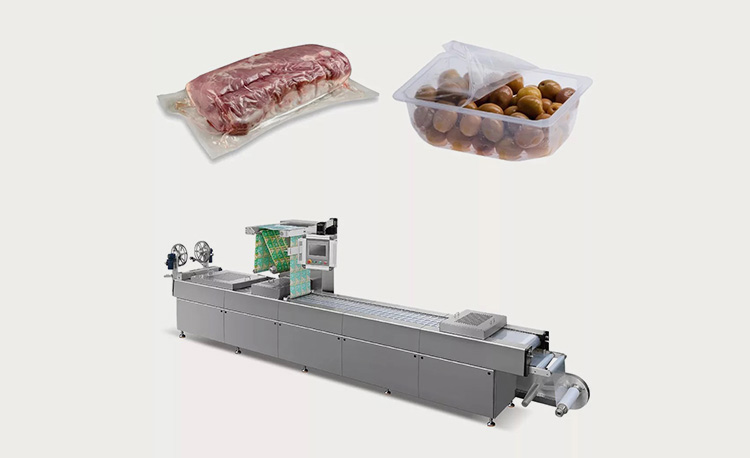
Reduced Labor Costs
Thermoforming equipment has the ability to reduce labor costs by automating many of the processes associated with thermoforming, such as cutting, trimming and forming materials into desired shapes. This automation helps increase productivity while reducing overall labor costs.
Increased Quality Control
Thermoforming equipment have built-in sensors and controls that allow for greater precision and accuracy when thermoforming materials. This ensures that products are produced to a higher quality standard and less wastage is incurred during the thermoforming process.
Consistent Results
Thermoforming equipment are designed to enable consistent results regardless of the complexity or volume of production. By using thermoforming equipment, manufacturers can produce consistent results in a shorter cycle time and with less effort than manual thermoforming processes.
Increased Efficiency
Thermoforming equipment are designed to reduce wastes and optimize the thermoforming process, providing increased efficiency for any thermoforming job. The thermoforming equipment can be configured to thermoform multiple parts at once, leading to increased efficiency and faster throughput.
Design Flexibility
Thermoforming equipment allows for the production of complex thermoformed parts with intricate designs, shapes and sizes that can be adjusted according to specific needs.
5.How Does A Thermoforming Equipment Work?

The thermoforming process by a thermoforming equipment begins by loading a roll of plastic into an oven. The oven heats up to a set temperature, typically between 90 and 200 degrees Celsius.
A thermoforming machine then pulls the heated plastic sheet off the roll and feeds it into a clamping frame. This clamp holds the plastic in place while the thermoformed part is being formed on a mold.
As the plastic is clamped into place, air pressure is also applied. This pressure helps to ensure that the thermoformed part takes on the desired shape. The thermoforming machine then moves the plastic sheet over a mold, which is usually heated to further soften and form it into the desired shape.
Once the thermoformed part has taken its final shape, it is cooled in cold air forced through the thermoforming machine. The thermoforming process is now complete and the thermoformed part can be removed from the thermoforming machine for further processing, such as trimming and painting.
6.What Are The Applications Of A Thermoforming Equipment?
Thermoforming equipment is used in a wide variety of industrial and commercial applications. Here are some of the key applications:
Food Packaging

Thermoforming equipment can be used to create rigid containers for food products, such as trays for fruits and vegetables or packaging for snacks and other processed foods. The thermoforming process ensures a consistent and lidded packaging solution that is both rigid and reliable.
Cosmetic Industry

Thermoforming equipment can be used to shape and mold components for cosmetic packaging, such as bottles and jars
Medical Equipment

Thermoforming equipment is also used for the production of medical equipment such as IV bags, blood collection tubes, and other sterile materials. The thermoforming process creates products that are exceptionally strong and safe to use in medical settings.
Automotive Industry

Thermoforming equipment can be used to create parts for cars, such as dashboards, bumpers and other exterior pieces. The thermoforming process is ideal for producing light-weight yet durable parts that are resistant to wear and tear.
Signage & Displays
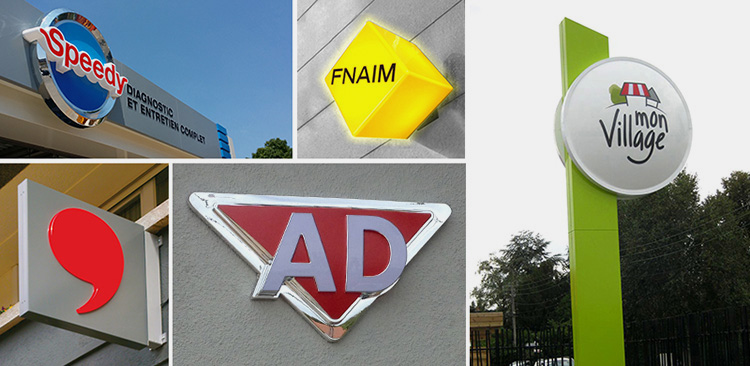
Signs and displays are often thermoformed to create a durable and aesthetically pleasing appearance. The thermoforming process can help to create vibrant colors, shapes and textures that really pop in retail establishments.
Electronic Industry

Thermoforming equipment are used to produce electronic components such as switches, circuit boards, connectors and other items. These thermoformed items are lightweight, durable and highly reliable.
Aerospace Industry

Thermoforming machines are used to produce aircraft interior components, including seat pans, overhead bins, galley trays and stowage compartments
7.Are Thermoforming Equipment Customizable To Meet The Needs Of Specific Applications?

In general, thermoforming equipment can be customized to meet the needs of different applications. This is because thermoforming equipment have a variety of components that can be changed or adjusted in order to produce the desired product.
For instance, some thermoforming equipment may have adjustable forming pressure and temperature controls while others may feature interchangeable heating elements or cooling fans. Also, thermoforming equipment can be equipped with various types of dies and other accessories for specific application requirements.
By adjusting the thermoforming equipment in this way, it is possible to create products with specific shapes, thicknesses, and materials. In addition to customizing thermoforming equipment for specific applications, these devices can also be used to produce a variety of standard thermoformed products.
In this way, thermoforming can be a great solution for both custom and standard applications. Therefore, thermoforming equipment is highly customizable and can accommodate the needs of many different applications.
8.What Are The Different Types Of Thermoforming Equipment?
There are different types of thermoforming equipment available depending on:
1.Level Of Automation
2.Technique
3.Material Filling
Classification based on the level of automation
a).Manual Thermoforming Equipment

This type of thermoforming equipment comes with a manual thermoformer that is powered by electricity and manually operated to form thermoformed components.
b).Automatic Thermoforming Equipment

Automatic thermoforming equipment are automated and can be used for large-scale production operations. They feature advanced automation systems, such as robotic arms and sophisticated software, that make thermoforming processes more efficient and repeatable.
c).Semi-Automatic Thermoforming Equipment

Semi-automatic thermoforming equipment bridges the gap between manual thermoforming machines and automatic thermoforming machines. They feature user-friendly controls, allowing users to easily switch between different thermoforming modes.
Classification based on the level of technique
Vacuum Thermoforming Equipment

Vacuum thermoforming equipment is capable of thermoforming complex shapes and designs with the help of a vacuum pump.
Pressure Thermoforming Equipment

Pressure thermoforming equipment uses pressure to form the plastic sheet which results in smooth finished products.
Blister Thermoforming Equipment

Blister thermoforming equipment uses a heated die which is used to make thermoformed blisters
Classification based on material filling
a) Thermoforming Liquid Filling Equipment

This type of thermoforming equipment is designed to fill thermoformed products with liquid. It can be used for a variety of liquids, including water, oil, and other viscous materials.
b) Suppository Filling Thermoforming Equipment

This thermoforming equipment is designed for filling thermoforms with suppositories. It is capable of controlling the shape and size of thermoforms in order to ensure that they contain the desired amount of medication or other substances.
9.What Type Of Materials Can Be Thermoformed Using A Thermoforming Equipment?
Thermoforming equipment is capable of thermoforming a wide range of materials into custom shapes and designs. Materials that can be thermoformed using thermoforming equipment include:
Plastic Sheets

Plastic sheets are the most common type of material used in thermoforming. This includes thermoplastics such as ABS, PVC, PET and polycarbonate, as well as thermosets such as phenolic compounds.
Metals

Metals such as aluminum, stainless steel, brass and copper can be thermoformed using thermoforming equipment.
Foams

Widely used foams such as polystyrene, polyurethane or polyethylene can be thermoformed using thermoforming equipment.
Fibers
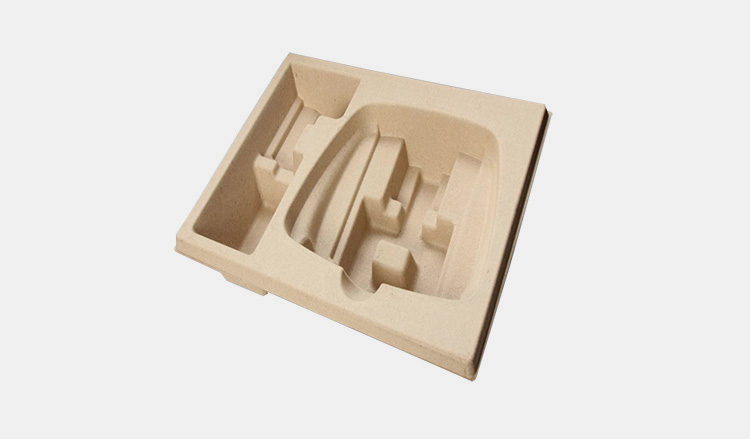
Thermoforming equipment can also be used to thermoform various types of fibers such as glass fibers, carbon fibers and natural fabrics.
Composites

Thermoforming equipment is capable of thermoforming composites composed of multiple materials. Examples include fabrics impregnated with resin or thermoset plastics, reinforcements and foams.
10.How Do Thermoforming Equipment Work With 3D Printing Or CNS Machining?

Thermoforming equipment is used to create thermoformed parts from a range of materials, including plastics. In the thermoforming process, plastic sheets or rolls are heated until they become malleable and then formed over a mold using pressurized air or vacuum pressure.
This method is often combined with 3D printing or Computer Numerical Control (CNC) machining processes to produce thermoformed parts.
In 3D printing thermoforming, a 3D printed part is thermoformed over the mold. The thermoforming process reshapes the material, forming it around the mold and giving it a final shape and texture.
This process can be used to create highly detailed and intricate parts with complex geometries.
CNC thermoforming is similar to 3D printing thermoforming, except that instead of a 3D printed part, the thermoformed material is cut from a computer-controlled CNC milling machine.
The thermoformed piece can be made into any desired shape or size by simply milling a CNC path into the material.
Thermoforming equipment is an important tool in modern manufacturing, as it allows for parts to be thermoformed quickly and efficiently, creating highly detailed thermoformed parts.
By combining thermoforming with 3D printing and CNC machining processes, manufacturers are able to create complex thermoformed parts in less time and for a lower cost than traditional manufacturing methods.
With thermoforming equipment, manufacturers can produce highly customized thermoformed parts with superior strength, accuracy, and detail.
11.How Do You Determine The Quality And Effectiveness Of A Thermoforming Equipment?

Identifying the quality and effectiveness of thermoforming equipment can be done by measuring a series of factors.
Firstly, the thermoforming equipment should be able to handle the material that is going to be thermoformed with ease. This means looking at the workload capacity, pressure capacity, and even temperature range.
Secondly, it should also have the ability to thermoform into different shapes and sizes. Thirdly, it should also have a good level of accuracy when thermoforming products. This can be checked by looking at the repeatability of thermoformed parts and analyzing whether these parts are within acceptable tolerance levels.
Finally, thermoforming equipment should also be able to thermoform with a high degree of efficiency, which can be assessed by measuring thermoforming cycle times and thermoforming productivity.
All of these factors should be taken into consideration when determining the quality and effectiveness of a thermoforming equipment.
12.Do Thermoforming Equipment Require Special Skills And Qualifications To Achieve The Desired Results?

The answer is yes. Thermoforming equipment requires special skills and qualifications to achieve the desired results. This is because thermoforming involves complex processes that require a high level of precision and accuracy. For example, thermoforming tools may need to be properly calibrated in order to control temperature levels for optimum performance.
Additionally, thermoforming equipment and tools must be operated safely to reduce the risk of accidents and injuries. Therefore, in order to use thermoforming equipment properly, operators must have a good understanding of thermoforming techniques, and ability to read and interpret engineering drawings, as well as experience with computer-aided manufacturing systems.
In addition, thermoforming experts should also be familiar with the relevant safety regulations, as thermoforming can involve the use of dangerous materials and equipment.
13.How Do You Choose The Right Thermoforming Equipment For Your Application?

The first step in selecting thermoforming equipment is to determine the type of thermoforming equipment you are looking for. Depending on your application, you may need a custom thermoforming equipment or off-the-shelf thermoforming equipment with options and accessories.
Also, it is important to have a clear understanding of what type of thermoforming process you are looking to achieve. Vacuum forming, pressure forming, and twin sheet thermoforming all offer unique advantages for specific thermoforming applications, so be sure to assess what your thermoforming needs are before selecting a thermoforming equipment.
Another crucial factor in choosing the right thermoforming equipment is understanding the capabilities of each machine. This can include factors such as thermoforming sheet thickness, machine size, forming area, materials that the thermoformer is capable of handling, and other features. It is important to select a thermoformer that meets your application needs and allows for growth in the future.
Additionally, it’s important to look at the safety and operation of the thermoforming equipment. Be sure to select a thermoforming equipment that has safety features in place, such as guards and sensors. Additionally, consider the overall ease of operation when selecting thermoforming equipment – look for models that are easy to use and maintain.
Finally, it’s important to work with a reputable thermoforming manufacturer to ensure that you get quality thermoforming equipment that meets your needs. A thermoforming manufacturer can provide guidance and assistance in selecting the right thermoforming equipment for your application and ensure that you get quality results every time.
By following these tips, you can be sure to find the thermoforming equipment that is best suited for your specific application. With the right thermoforming equipment, it’s possible to create high-quality thermoformed products with a reliable and consistent result.
CONCLUSION
All in all, a thermoforming equipment is an invaluable tool for many businesses. With the ability to efficiently form materials into specific shapes and sizes quickly and accurately, it’s easy to see why this technology cannot be overlooked. The rise of customization and demand for sophisticated packaging also makes investing in this type of equipment a worthwhile investment. Its versatility and affordability make it an excellent fit for the constantly changing requirements of many industries. If you’re looking for reliable thermoforming equipment, then contact Allpack today!
Don't forget to share this post!
CONTACT US
Tell us your raw material and project budget to get quotations within 24 hours.
WhatsApp Us: +86 181 7101 8586
The Buyer's Guide

Thermoforming Equipment: The Complete Buying Guide In 2025 Read More »


